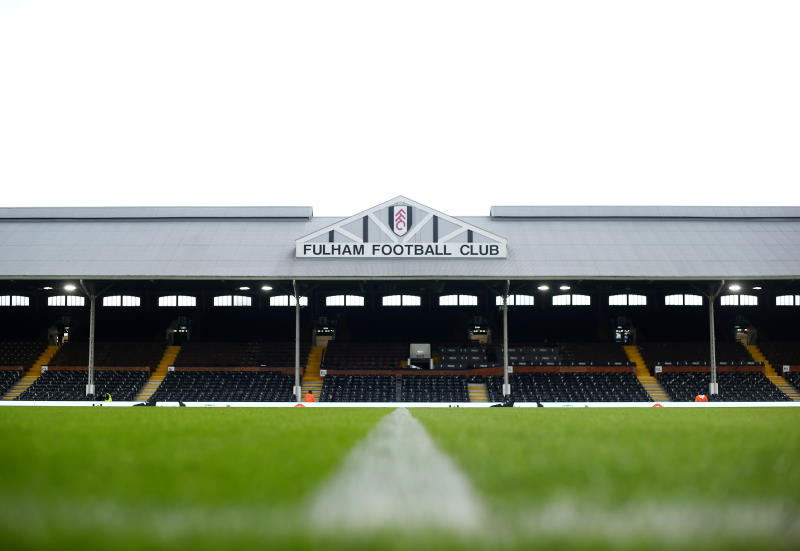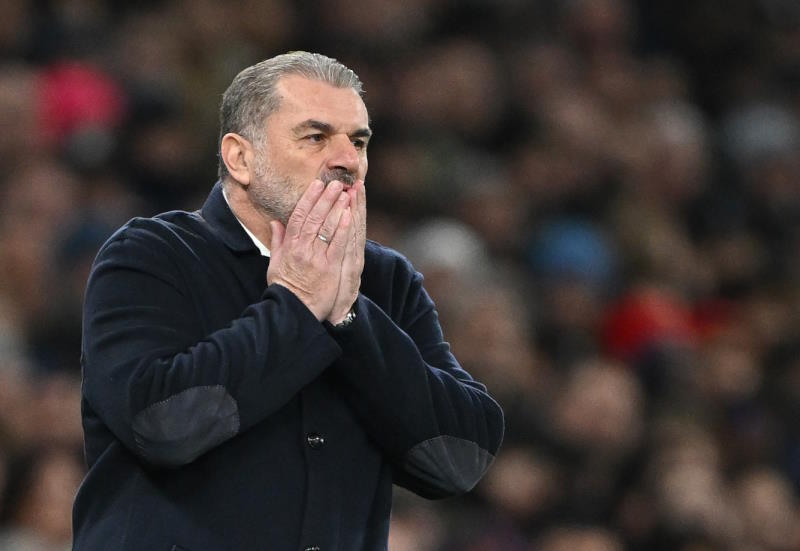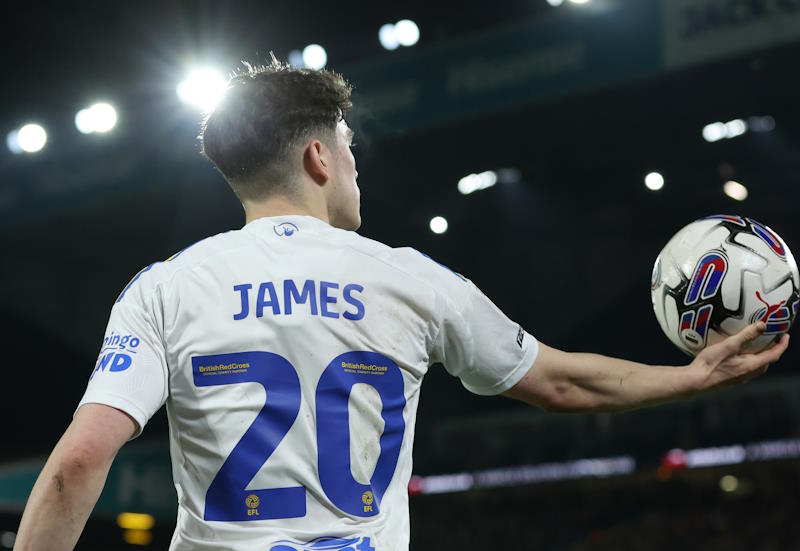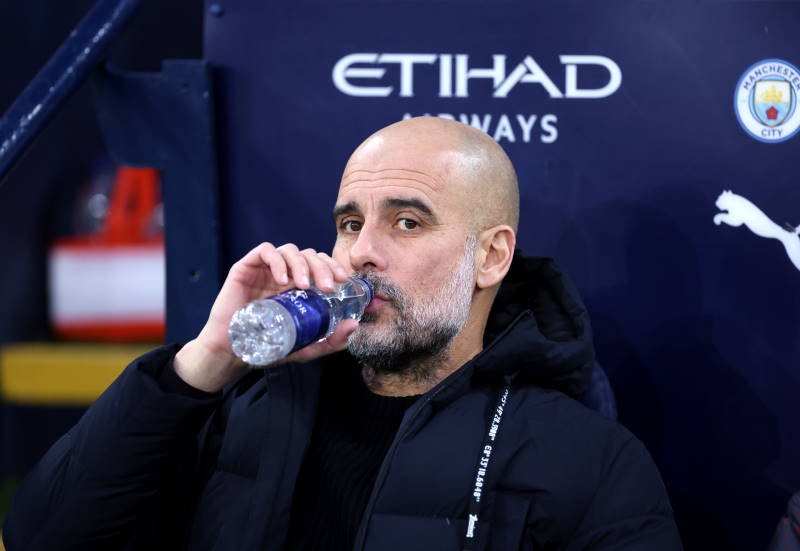Phillip Buckley
Manchester United are officially the Champions of the World. No doubt they will feel it was well worth the trip to Japan to secure that title – it is a marketer’s dream. But just who have they played to earn the accolade? And is it worth the trophy it is engraved on?
The Club World Cup is a strange competition. Set up by FIFA in 2000 it was another attempt by the world’s governing body to increase its profits and its power within the club game. FIFA has always looked enviously at UEFA with its confederation containing the richest and most famous club sides in the world. The Champions League has also boosted UEFA’s coffers and prestige, and the Club World Cup is the best FIFA can do in return.
The problem is that only one of the eight clubs that take part in the Club World Cup have any reasonable claim to being classed in the top eight club sides in the world. And that side is always the Champions of Europe. In fact there is even no attempt to portray the sides involved as equal, with the champions of North America, Asia, Africa and Oceania having to play amongst themselves to reach the semi-final, where the champions of Europe and South America enter.
The point of this whole exercise, regularly held in Japan, but on the move to the United Arab Emirates for the next two years, is to find the best club side in the world. But when only one of the eight sides taking part is amongst the top eight in the world is there really any point or value to the trophy?
South America teams can often provide some opposition, but, despite some South American wins in recent seasons, they too have no right to be classed amongst the top eight on the planet. The current champions of South America, LDU Quito, from Ecuador, would probably not be able to command a place in the top flights of England, Spain or Italy. The Ecuadorian team managed to win the Copa Libertadores (South America’s version of the Champions League) by winning just two of eight games in the knockout stage. It’s hard to recall a team winning the Champions League in Europe in such a way.
The world of football has changed in such a way that no side from outside the European confederation can be considered in the top ten sides in the world, perhaps even the top twenty. Top Argentinean and Brazilian sides regularly sell their talent and, in most cases, well before it has matured. Where the money goes so does the talent, and that is Europe.
For the good of the game though is the competition perhaps worth having? South American clubs do view the tournament as an important one, and the Libertadores winners regularly look forward to the chance to test themselves against Europe’s best. Although by the time the competition comes around they have often been plundered by other teams, thus the same team that was South America’s best rarely takes the pitch in Japan.
The Club World Cup can also be seen as a good money making tournament. It is not just lining the pockets of already super rich clubs, as can be argued the Champions League does. Clubs from Africa, Asia, North American and Oceania can use the boost in funds the competition gives them. Their status isn’t harmed by taking part either.
But the Club World Cup is not where we need to look to determine the best team on the planet. The Champions League is without doubt the highest quality competition in the world, even including the World Cup. Manchester United fans need not worry, because when they won the Champions League they confirmed they were the best team on the planet for the 2007/08 season. A flimsy title from Japan won’t change that.












